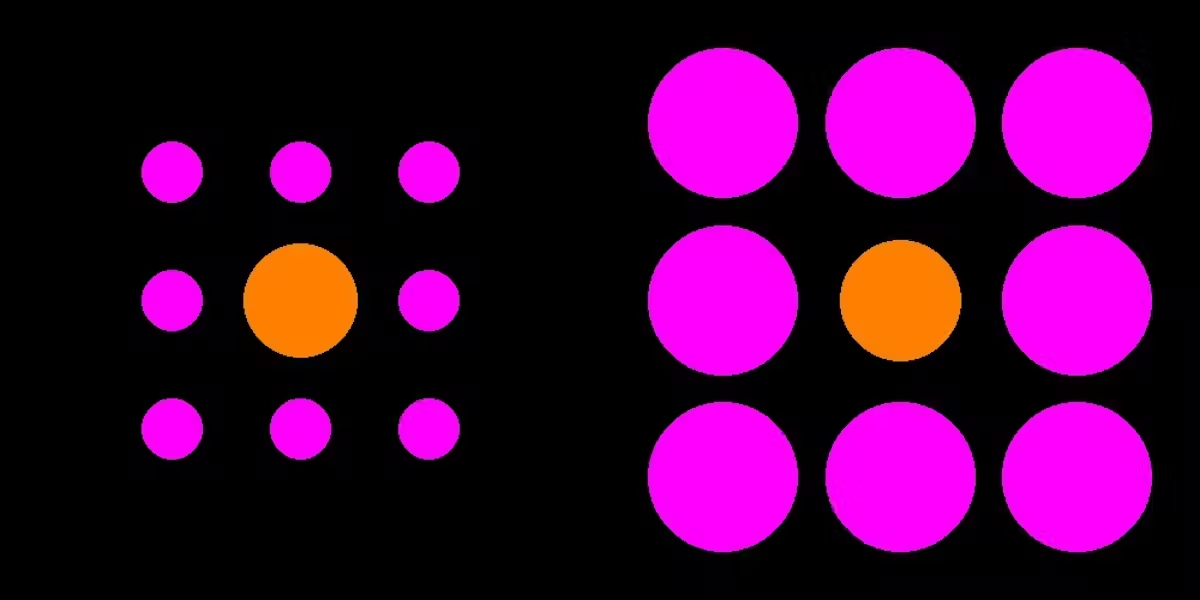A day in the life: a senior designer at SMAKK
Ollie Ennis talks about getting into a 'flow state', inclusivity in the design industry and approaching new briefs.

Ollie Ennis is a senior designer at SMAKK, a New York agency known for its work in wellness marketing, branding and design. Ennis is a mentor for those who don’t otherwise see themselves represented in the cultural tapestry – based in part on their experiences as a non-binary designer.
Beyond providing pro-bono design services for queer initiatives, they volunteer for local grass-roots organisations and events and run a monthly crafting club dedicated to fostering connection within the queer creative community. They have also spoken at the Shillington School of Graphic Design on the state of the industry and how to carve out a space as a trans and neurodivergent person within the design industry.
We sat down with Ennis to find out more about their daily routine, new project Barb, getting into a 'flow state', inclusivity in the design industry and how they approach new creative briefs.
For more in this Day in the Life series, see our interviews with Ilka & Franz, Ben the Illustrator, Sam Taylor and Emily Sneddon of COLLINS.
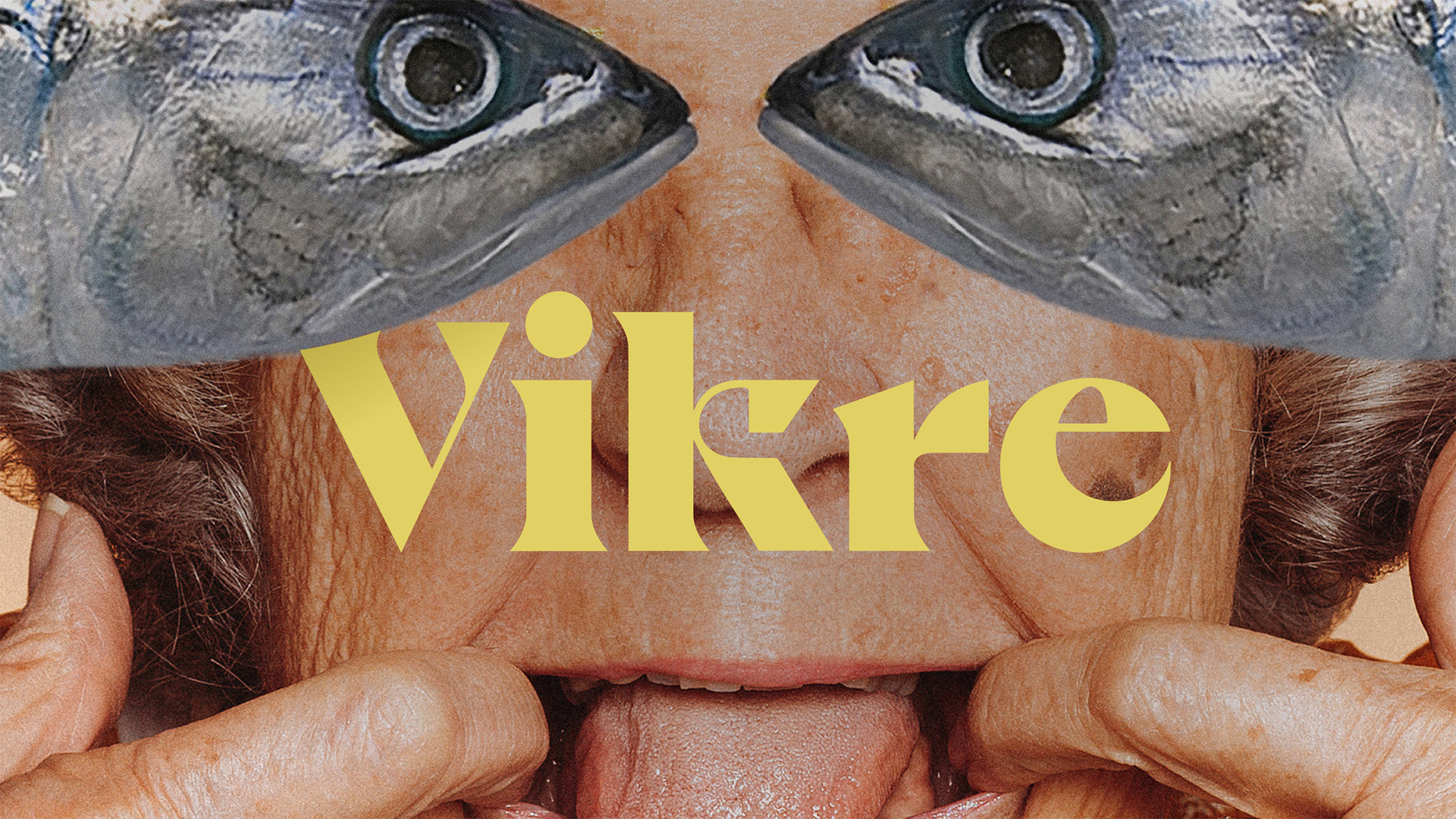
Tell me about a typical day in your role
I start with a cup of coffee (and usually oblige my dog’s pleas for belly rubs). Then I look at the week’s calendar. I have a tenuous relationship with time, like many neurodivergent people. At the beginning of the day, I plan blocks of time around meetings and presentations. Knowing the large and small picture helps me feel in control.
Next I look to see what my direct reports have on their plates, check in with them to see how things are moving along, and schedule any touch-bases we need to keep moving forward. I’ll generally be presenting one or two projects in a day. Between those, I’ll be communicating with account managers about client needs, working with our chief of strategy to outline upcoming work, executing on projects currently in the pipeline, and overseeing elements of projects coming up through our junior and mid-levels.
How do you approach a new brief?
The way we get briefed into projects begins with collaboration. As a studio, we have a very democratic method of dividing client work. Stylistically, we fit well together as a team, each producing directions on the same projects. Whoever’s direction is chosen then carries the client through the rest of the process, picking up and dropping off support where needed.
We find there’s less burnout when the work transfers this way, and it keeps us all getting to touch most everything that comes through the studio. But a collaborative entrypoint is essential so that the directions we create diverge in meaningful ways. Because each project gets work from multiple vantage points, there is an inherent distinction in the outcome. It also works brilliantly for a mind that gets stuck in the corners of long and drawn out projects.
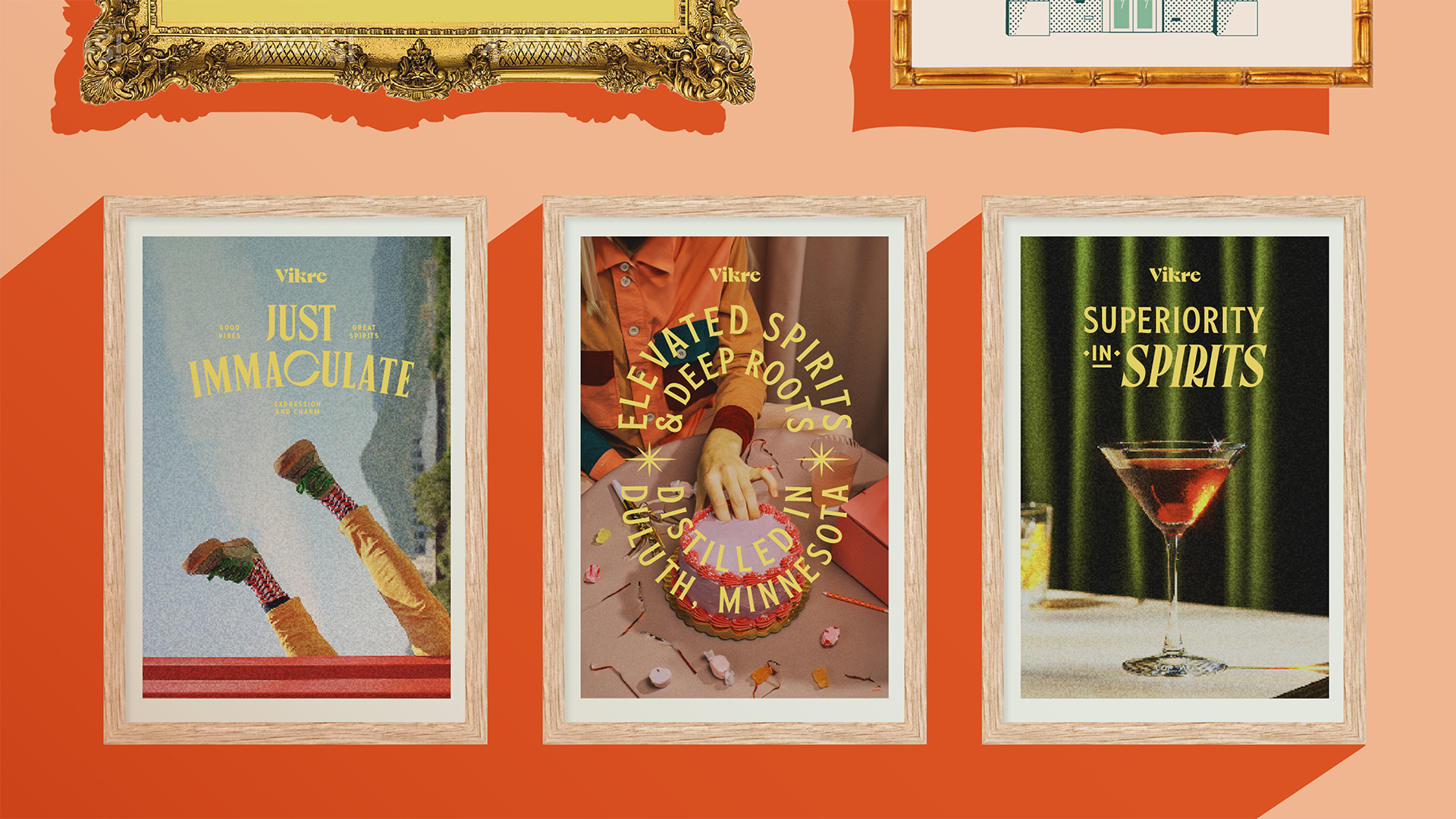
What style of thinking do you think works when approaching a creative project?
It’s an interesting question. I don’t think there can be any success without beginning strategically – but from there I think it’s a highly individual pathway to creative success and fulfilment. Ultimately, the approach that brings you the most vigour and zeal is the one that is going to be the most sustainable. If you have the good fortune of careful oversight and time within the industry, there is no obstacle in the way of technically proficient design. But the world is over-saturated with that kind of material.
I think one of the more interesting facets of managing other people is beginning to understand what that process looks like for them. I do my best to dispense with prescriptive ideas of how good design comes together. In the same way that objects might be appreciated for evidence of the tools that create them, I think design can spark interest for the unique pathways through which it was arrived. The people who helped me most to get to where I am are the ones who encouraged those research rabbit holes and wildly disparate samplings of moodboards, hearing me out and honing me towards an output the client could love as much as I would.
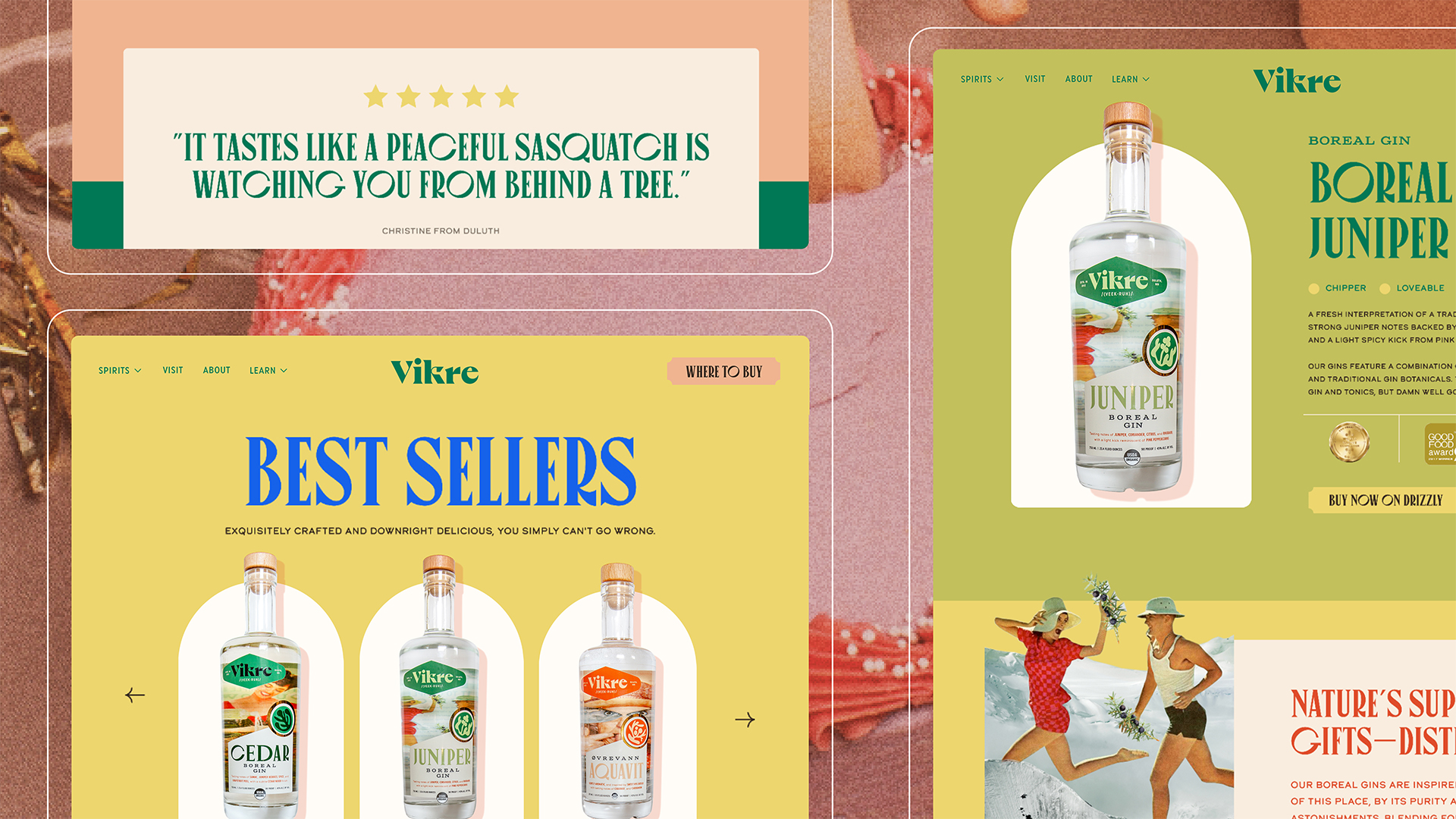
How has your past as a furniture maker influenced your current work?
On the best of days, the two aren’t terribly different. It wasn’t until I worked in furniture that I really understood what a flow state was; this practiced ability to let conscious thought slip behind a trust in mechanical ability.
Building furniture is an extremely linear process – the conception and execution phases are more distinct than I find graphic design to be, but there’s a carry-over in the way thoughtful setup facilitates a trust in your movements that allows you to produce your best creative work.
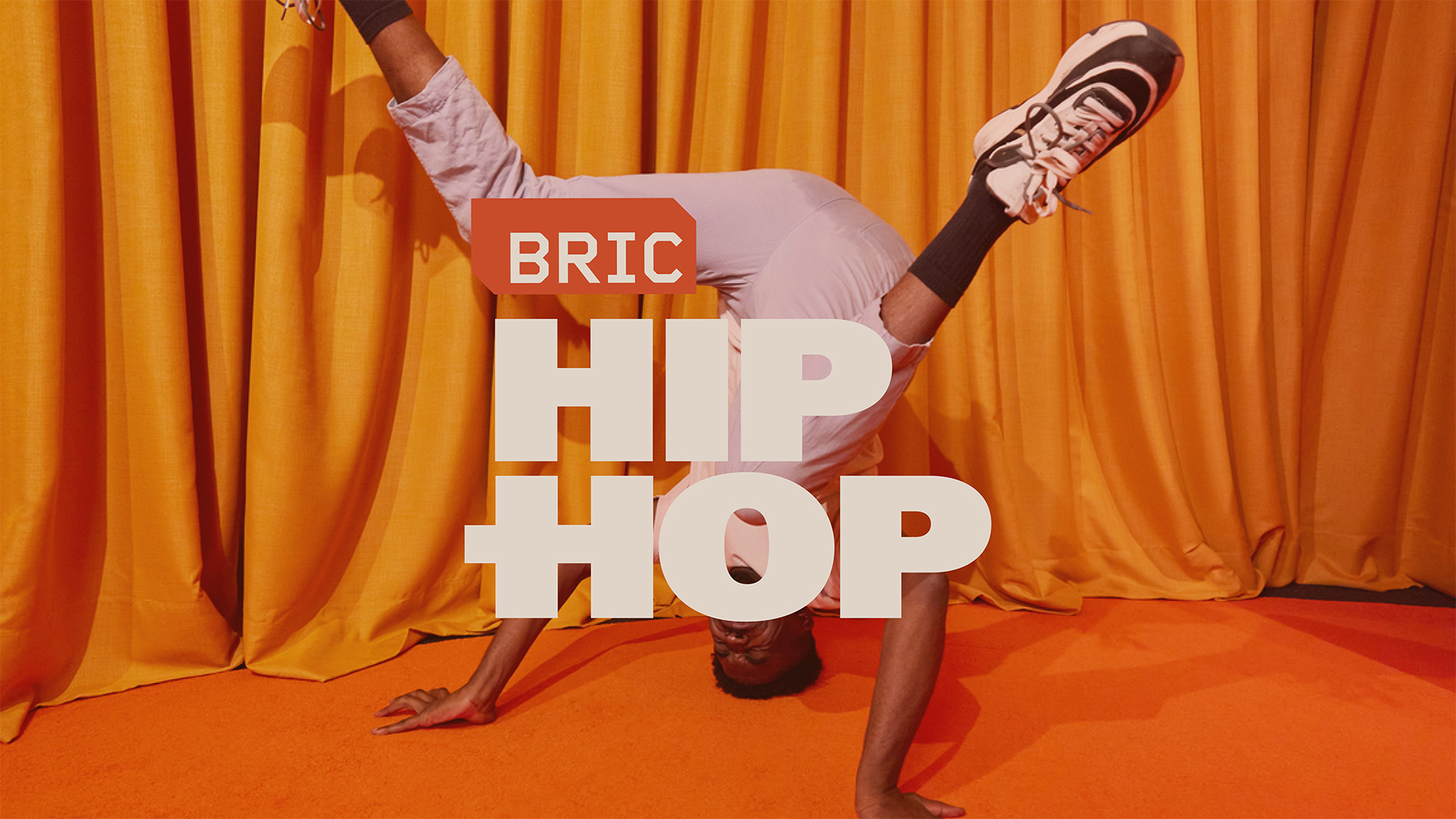
How inclusive is the design industry right now?
The longer I work, the less interested I become with those who have 'made it'. Increasingly, I find myself looking at smaller and smaller design operations. I think the most interesting way to take inventory of our industry is by aligning yourself with people actively working across the bottom rungs of the field. They aren’t so bound to the colonialist, heteronormative, neurotypical pitfalls that constrain those at the top.
Tell me about a tricky work-related challenge and how you approached it
I spent the first four or five years of my career finding just about everything tricky. It wasn’t unfamiliar. Despite being enamoured with the environment, I had the same experience with my education.
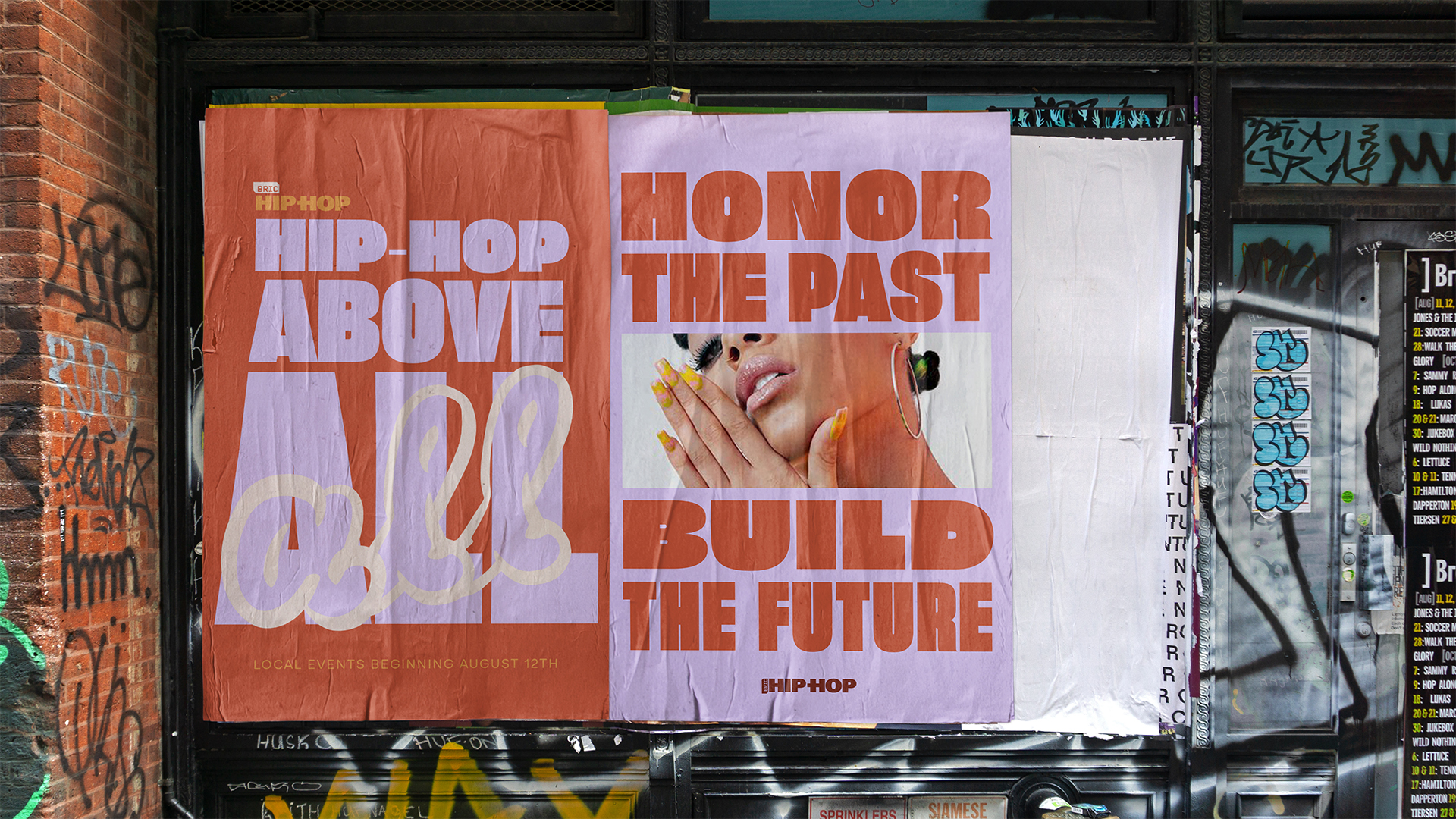
What do you like about working in the wellness space?
It’s very identity-focused, and filled with small scale brands. There’s more ownership over your values at a small scale, and I find that to be an essential part of the ethical alignment I have with my work.
What advice would you give someone who wants to work as a senior creative?
As much as you can, keep designing.
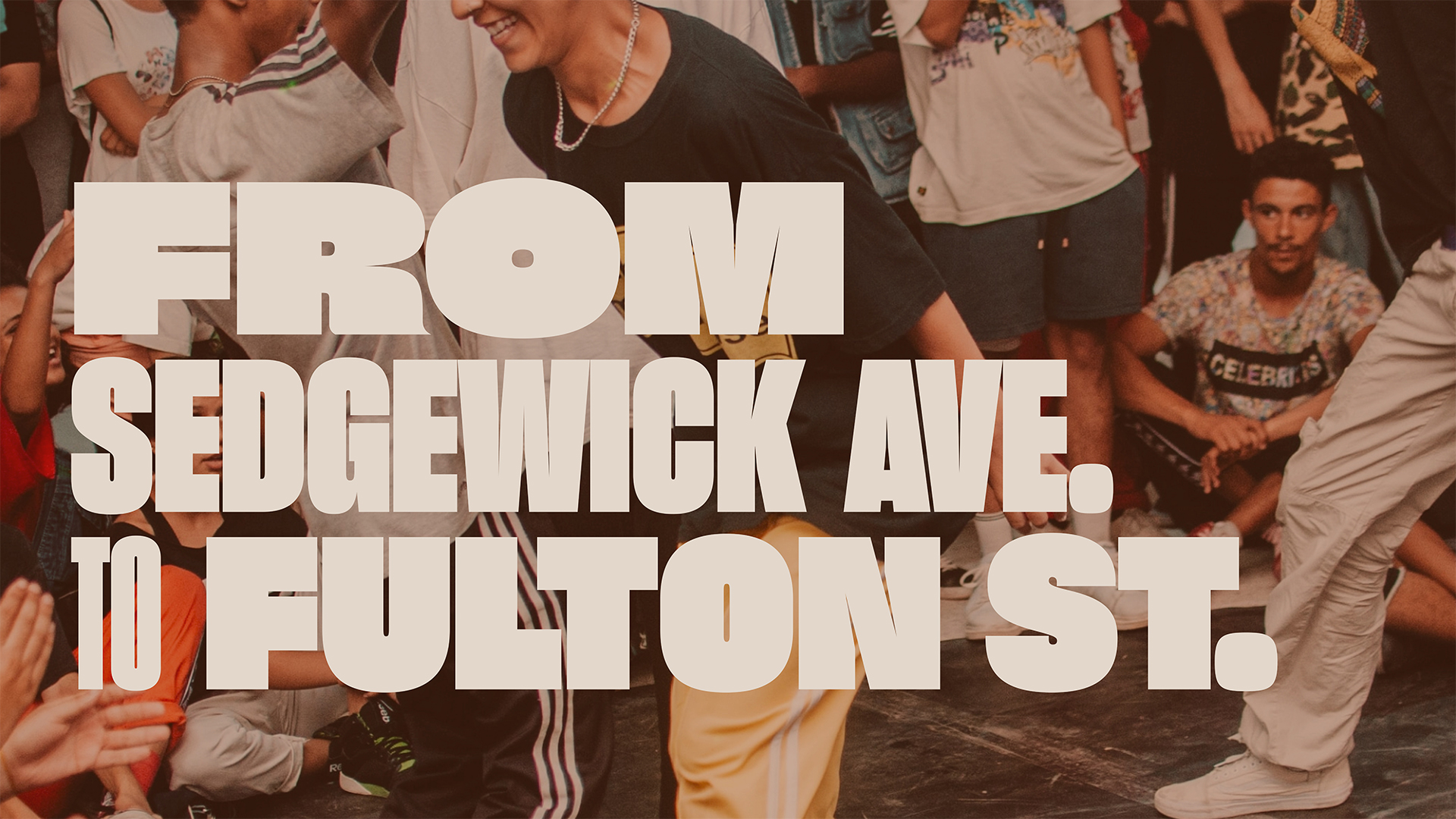
Tell me about Barb
Barb is a LGBTQIA+ founded haircare brand for women and non-binary people with short hair. The founder, Sheena, is a masterpiece of a person. It has been one of the distinct pleasures of my career to work with her on this brand. The first time we met her she used the words "ripping my asshole open," which – in our line of work, is something of an infrequent occurrence. To know her is to love her.
I spend a lot of time trying to put myself in the shoes of demographics whom I bear relation to, but it is a completely different project to design in the image of yourself. Hair is one of the most acutely visible external markers of queer expression, specifically within the spectrum of experiences that diverge from feminised upbringings.
Fraught as that may be, there’s also tremendous potential for ownership over the joy and expression it espouses. We are being given the opportunity to carve space that doesn’t yet exist (read: not men’s, not women’s, a new aisle all together).
The feeling of being able to draw on your own experiences to stretch out a hand to that person on the precipice of recognising themself for the first time – or being urged along by the one problematising the space they occupy, or meeting a vision for satisfaction within the new category it creates – that is a gift.
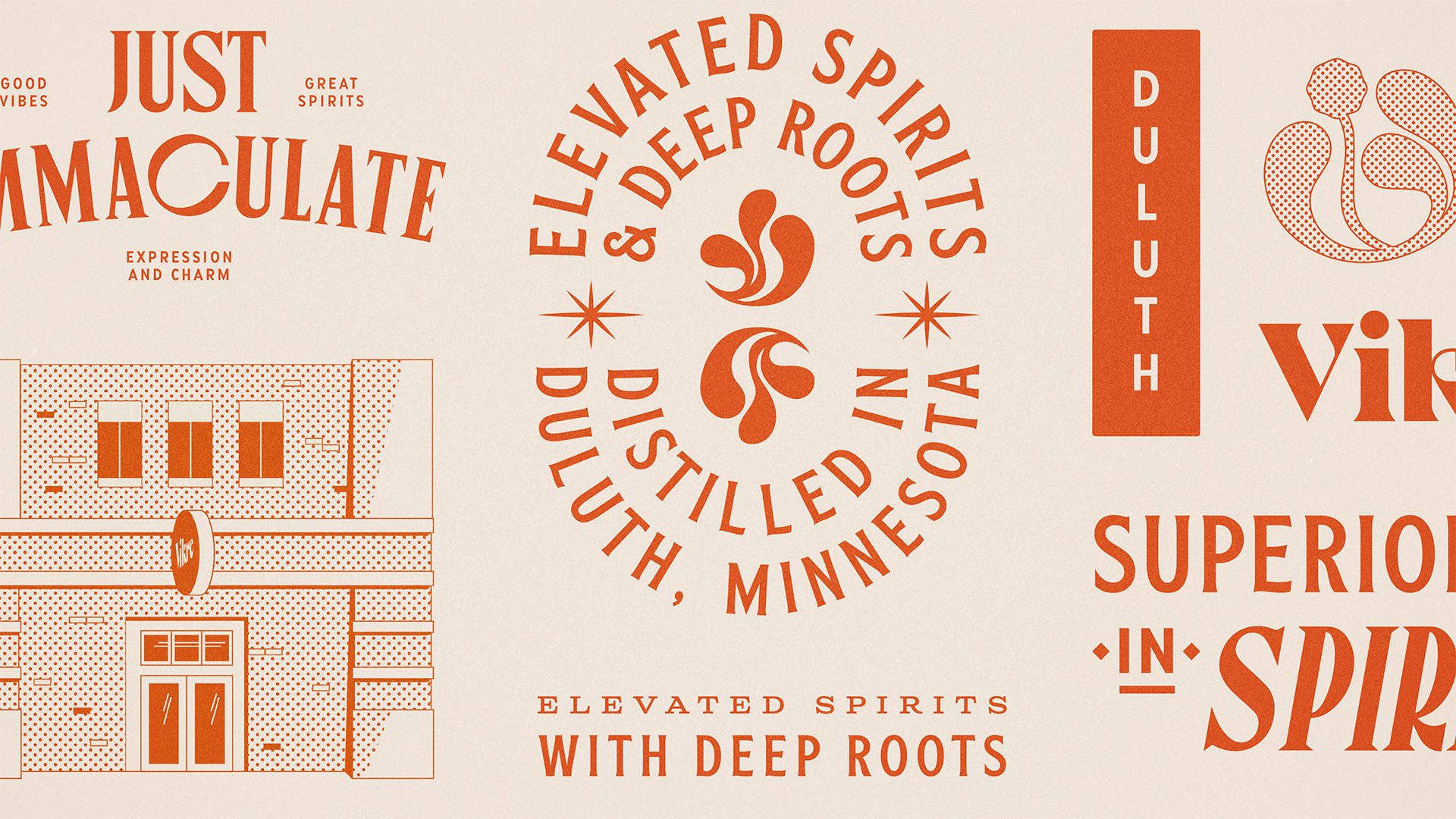
What tips would you give a designer who wants to work on a high-profile brand?
Maintain your vision. That’s why you’re at the table. There are a thousand and one people who won’t push back on limitations they perceive, but that is your special vantage point.
Remind yourself that big brands have big impact. As much as the small scale mom and pop brands can espouse progressive and exciting visions, they’re only a drop in the bucket compared to those older giants.
Stay excited. Seeing your work on a billboard in time square is as cool as it sounds.
Who's your dream client?
Sexual wellness for queer folks. Someone who would let us do a photoshoot that makes you hide your phone on the subway and messaging that would make your mother blush.

What career advice would you give your younger self?
This industry was not built for you, it’s no wonder you find it difficult. You don’t have to survive on measures of acceptance. The people you want to work with would rather have the outcomes borne out of figuring your own way through it.
Find out more about SMAKK on its website.
Get the Creative Bloq Newsletter
Daily design news, reviews, how-tos and more, as picked by the editors.

Thank you for reading 5 articles this month* Join now for unlimited access
Enjoy your first month for just £1 / $1 / €1
*Read 5 free articles per month without a subscription

Join now for unlimited access
Try first month for just £1 / $1 / €1
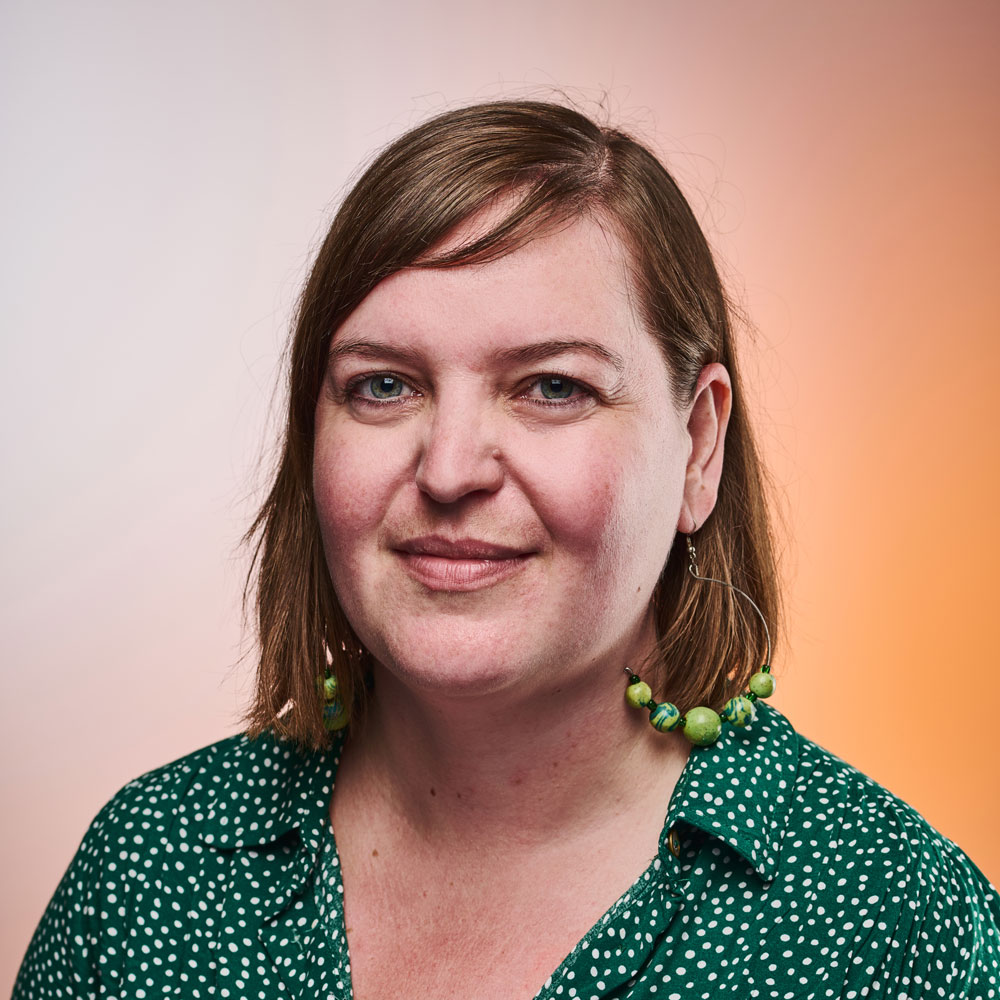
Rosie Hilder is Creative Bloq's Deputy Editor. After beginning her career in journalism in Argentina – where she worked as Deputy Editor of Time Out Buenos Aires – she moved back to the UK and joined Future Plc in 2016. Since then, she's worked as Operations Editor on magazines including Computer Arts, 3D World and Paint & Draw and Mac|Life. In 2018, she joined Creative Bloq, where she now assists with the daily management of the site, including growing the site's reach, getting involved in events, such as judging the Brand Impact Awards, and helping make sure our content serves the reader as best it can.
